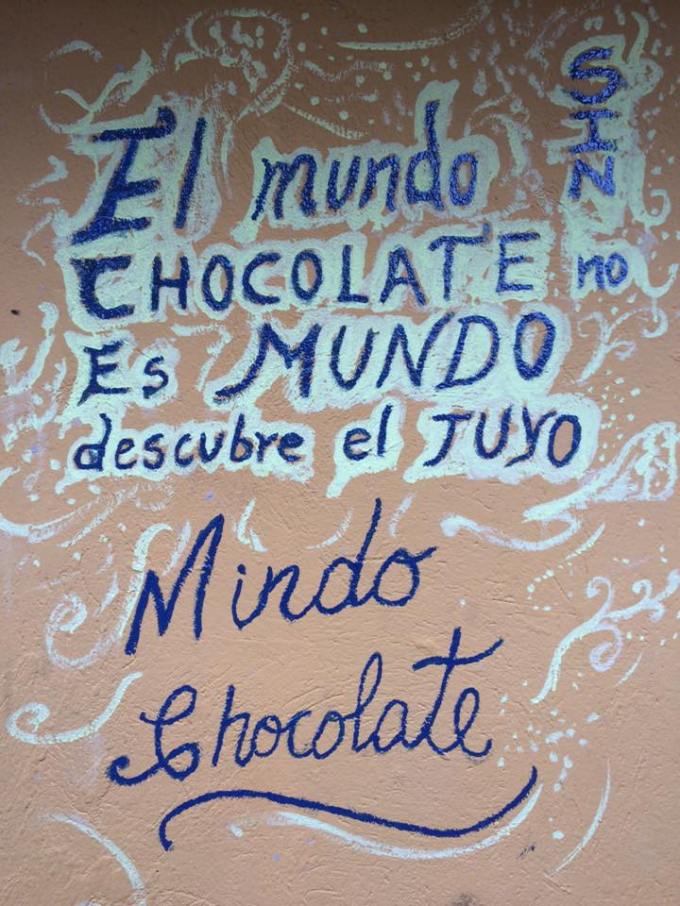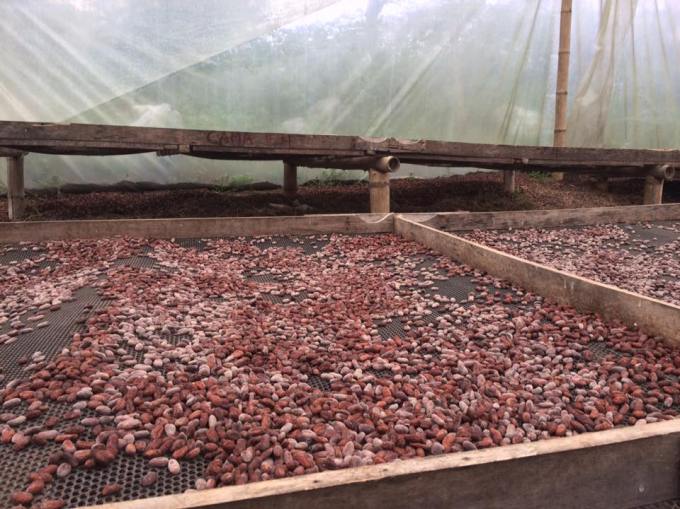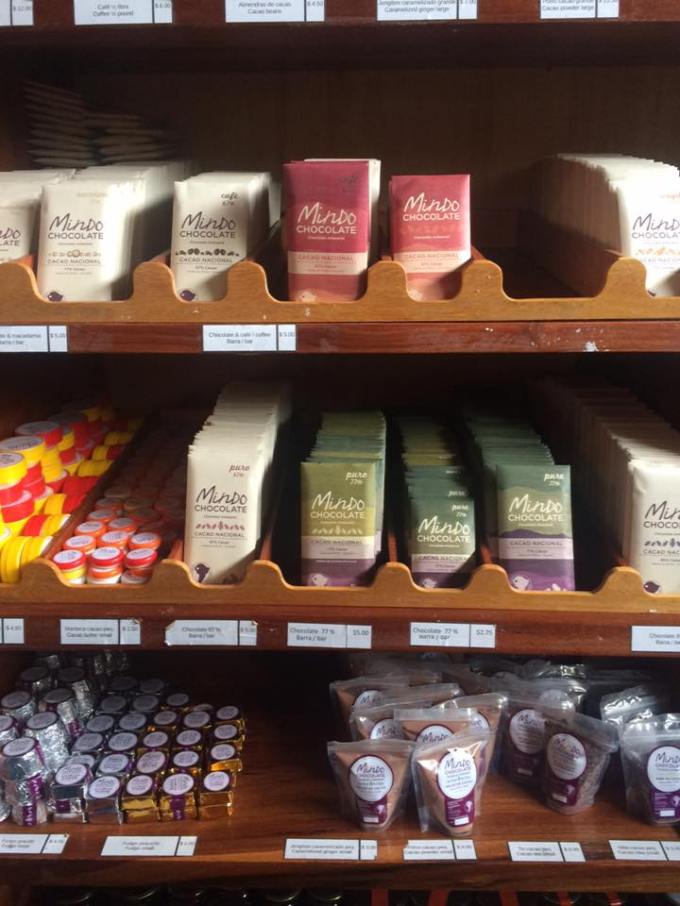Ecuadorian chocolate is vastly underrated. Actually, Ecuador itself is vastly underrated.
Before arriving in this country I have called home the past three months, Ecuador was barely on my radar (plus, I’m really terrible at geography). Basically, the only thing I knew with complete certainty about this country was the the equator ran through it.
I had no idea you could travel from the coast, through the Andean mountains, all the way to the Amazon Rainforest in one day (a tiring day, but possible). But now, with three months of traveling and exploring in my back pocket, I’ve come to understand and appreciate Ecuador a million different ways.
And one of those ways is chocolate.
So listen up, boys. If you want to win over a girl, fly to Ecuador and buy her chocolate. I’m serious as a chocolate induced sugar coma. This stuff puts Hershey and Ghirardelli both to shame.
Get The Daily Illini in your inbox!
Undeniably, two of the best chocolate brands in Ecuador are Pacari and Kallari; both are organically made in country from tree to bar. These are considered larger, more commercial companies that produce numerous flavors of dark chocolate, many of them unique to Ecuador.
My personal top five:
- Cedron (Andean Lemon Verbena)
- Jengibre (Ginger)
- Aji (Chili Pepper)
- Café (Coffee)
- Maracuya (Passionfruit)

Cedron by Pacari actually won World Gold in the International Chocolate Awards in 2014 (can I get an invite to that event?).
But the real underdog in the Ecuadorian chocolate realm is Mindo Chocolate.
Mindo is a tiny town nestled in the Cloud Forest of Ecuador, two hours north of the capital city of Quito. It’s a nature lover’s dream; seriously, I was laying in a hammock and saw three toucans fly by. Word is that it’s the hummingbird capital of the world, so it’s no surprise that it also holds one of Ecuador’s sweetest treasures. Come for the views, stay for the chocolate.
 The entire chocolate making process is completed at Mindo Chocolate and if you ever have the pleasure of visiting this little town, they’ll walk you through it step-by-step, start to finish.
The entire chocolate making process is completed at Mindo Chocolate and if you ever have the pleasure of visiting this little town, they’ll walk you through it step-by-step, start to finish.
But until then, here’s a sneak peek of what’s under the wrapper.
Chocolate starts as a simple cacao pod. Because Mindo is situated in the highlands of the Cloud Forest, it is not conducive to the production of pods; instead, it receives the pods from Puerto Quito, about an hour and a half from Mindo towards the coast. But they do have a cacao tree just for show; you know, to keep up appearances.
Inside these pods are the cacao beans covered in a white pulp. The first phase of the process is the fermentation and drying of the bean. Ecuador has two seasons: wet and dry. Fermentation always takes four days, in which the white pulp drains off (later used for cacao syrup and BBQ sauce) and the flavor further develops. However, drying can take anywhere from 2-6 weeks, depending on the current season.

Once completely dry, the magic really begins to happen. All in one tiny room with only one machine that completes each part of the process. First, they’re roasted:

Once they’re nice and toasty, they’re put into the next machine that simply breaks them up; it doesn’t grind them so that the shells can still be separated from the beans.
At this point, they’re officially cacao nibs. Sergeant Terry Jeffords would have a relapse of his nib addiction if he ever set foot here (“Brooklyn Nine-Nine” fans, where you at?).
Separating the shell and the nib seems like it would be an almost impossible task; one would need tiny hands and way too much free time. But luckily, there’s a machine for that too.
The mixture of shells and nibs are placed on the mesh panel at the top and a strong fan blows from the right side. As the mixture is sifted through the mesh, the shells blow away and the nibs fall straight down because of their weight differences. This process is repeated two or three times until complete separation is achieved.
The nibs are melted into liquid form and the appropriate amounts of sugar are added. Mindo Chocolate produces only dark chocolate, so each pure chocolate bar has only two ingredients: chocolate and sugar (with the exception of flavored bars). The higher the percentage of cacao in the chocolate bar, the less sugar that is added; the highest percentage cacao bar that Mindo Chocolate produces in bars is 85% cacao/15% sugar. Other flavors include Coffee, Macadamia, Ginger and Chili Pepper.
Each bar costs around $5.00 – perhaps a little more expensive than the chocolate in the U.S., but it’s a long process with the finest ingredients and it’s worth every penny. At the moment, Mindo is the only place in the entire country (or world, for that matter) to purchase this chocolate, which only adds to its unique charm.

Willy Wonka is lucky that he’s fictional, because Mindo Chocolate would certainly give him a run for his money.


